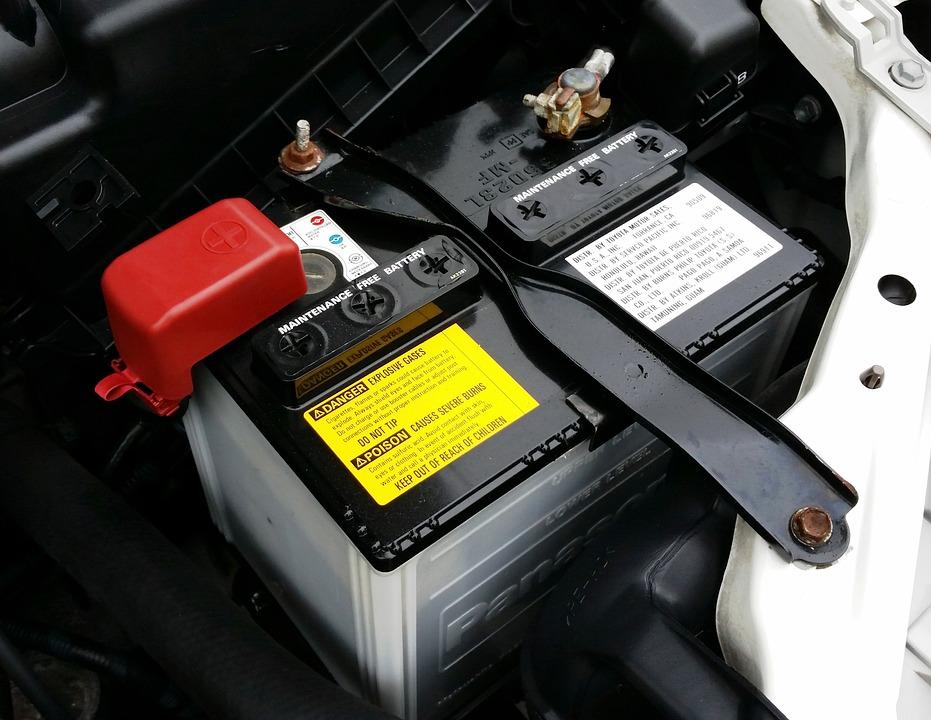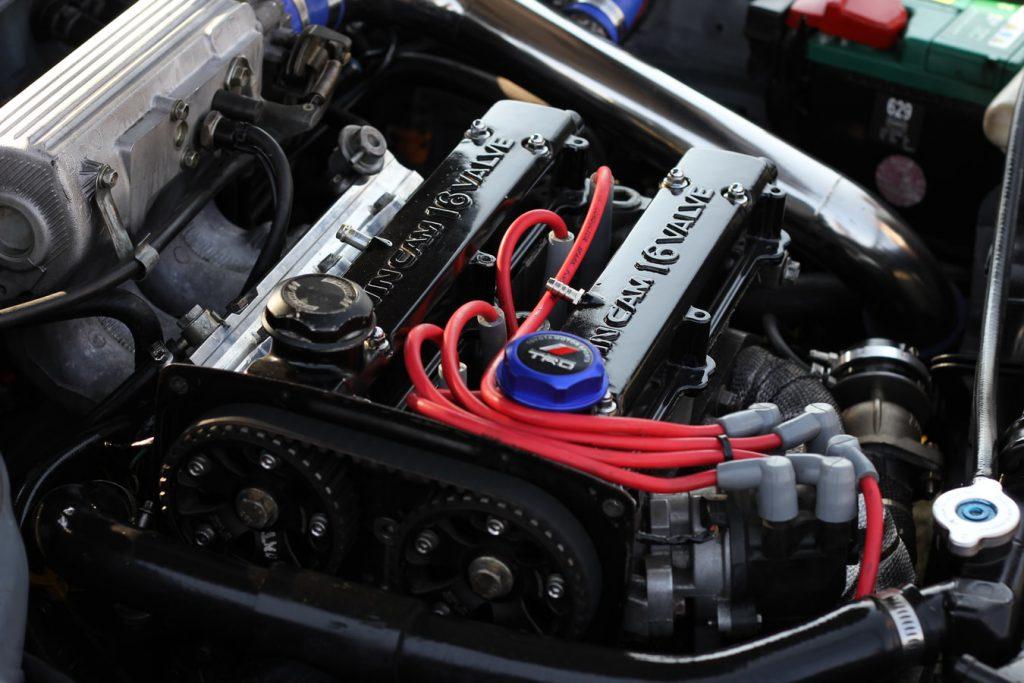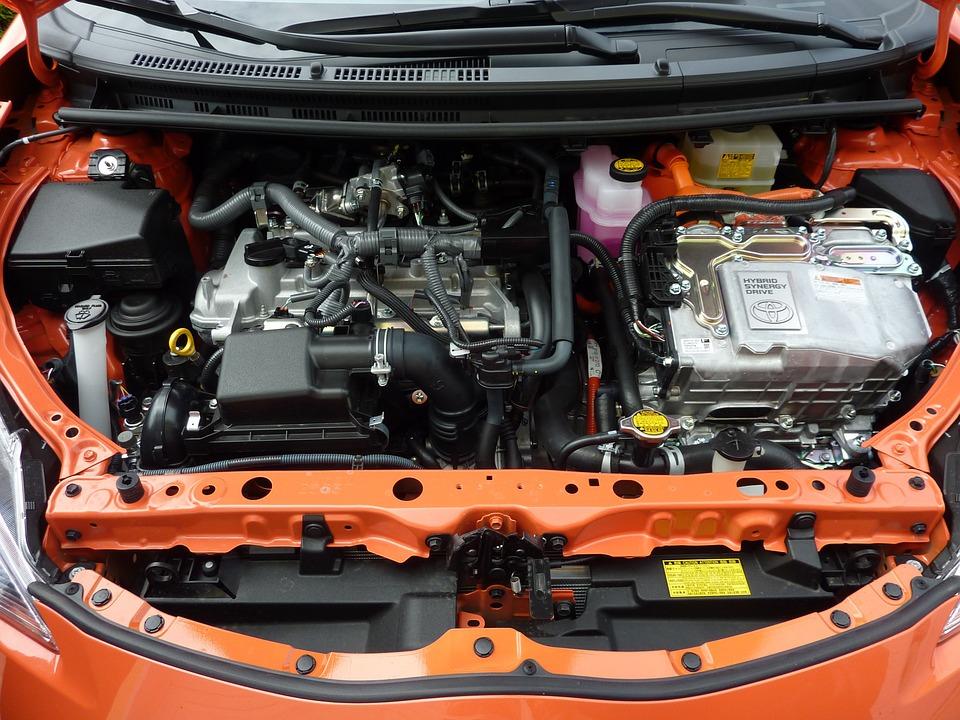Automobiles have become a necessity in today’s modern world. They make people’s lives easier by providing comfort and safety. Though a car battery doesn’t run the entire car, the system goes down with battery failure. It is because a car fails to start if ignition doesn’t work. As the technological changes are happening in the automobile industry, experts are searching for lead-acid battery vs. lithium ion comparisons.
Contents
Lead Acid Battery vs. Lithium Ion: Things You Need to Know
A car battery starts the motor of the chosen vehicle. Both lead-acid and lithium ion batteries have surged in popularity over a couple of years. As their names suggest, lead is used for making lead-acid batteries, while metal lithium is used for making lithium-ion batteries. Reading the maintenance tips would help in enhancing the lifespan of the batteries. Let’s compare two of the most common battery options.
Lifespan of Batteries
Batteries depreciate and become less effective as they age. One charge cycle is considered from a point when you use the battery when you charge it back. Measuring the lifespan of a battery based on the number of cycles until the expiry is typical. It is similar to considering the mileage on a car rather than the manufacturing date.
When it comes to sealed lead-acid batteries, the lifecycle may vary from 100 cycles in 5 years or 200+ cycles in one year. So, it is evident that the battery with 100 cycles in 5 years will be in better condition. The number may vary, but lead-acid batteries do not last much longer than lithium ion batteries.

READ MORE
Efficiency of Work
Efficiency is among the essential metrics to consider when comparing lead-acid battery vs. lithium ion battery. Depending on the model and condition, most lead-acid batteries are 80-85 percent efficient, while lithium batteries are more than 95 percent efficient. Due to the increased efficiency, it is capable of storing more solar power in the case of lithium batteries.
For example, in the case of lead-acid batteries, if 100 watts of energy is coming to batteries, only 800 watts is accessible after completing the charging and discharging procedure. So, in the case of lithium batteries, around 950 watts are available.
Charge Rate
Lithium batteries refill much faster as compared to lead-acid batteries because of handling higher amperage from the charge. The increased efficiency leads to a quicker charge rate. The capacity of the battery in amp hours is calculated to know the charging amps. For instance, 100 charging amps are received when calculating a 500 ah battery charging at a rate of C/5.
Lead-acid batteries are highly likely to overheat when charged quickly. It happens because they can handle limited charge current.
These batteries can charge 85 percent. After that, the charging process slows down automatically. Now, it is clear that lithium batteries take less time as compared to lead-acid batteries.

Density of Energy
Energy and power density are two concepts that associates with batteries. Watt-hours per kilogram method are famous for measuring energy density. Watts per kilogram method is best for measuring power density.
Though the lead-acid batteries weigh around 125 pounds, they suffer another issue with a density of energy. It is another comparison between lead-acid battery vs. lithium ion battery. The lithium battery has higher energy density than a lead-acid battery. It means that the former batter has more storage capacity even in less space.
Put simply; we require eight lead-acid batteries to power a 5.13 kW system. On the other hand, only two lithium batteries are enough for performing the same task. Lithium weighs less than half when considering the entire battery bank size.
Depth of Discharge
You can understand discharge depth by knowing the percentage of energy drained without damaging the battery. In other words, it is the total capacity consumed before recharging the battery.
The depth of discharge is 25 percent if the consumption is quarter of the battery’s capacity. It is imperative to understand that batteries do not discharge completely because they have a significant depth of discharge.
In the case of lead-acid batteries, the total capacity in a single cycle should only be discharged up to 50 percent. Beyond that point, it will affect the lifetime of the battery. Lithium ion batteries have higher capacity and can handle discharges of 80 percent. Besides, the cost of both batteries may vary as per the size of the system one requires.

Conclusion
A car battery powers all the electric components. The demand for lithium batteries is soaring high worldwide due to high energy density, lightweight, and the ability to recharge quickly. It is essential to consider the comparisons between lead-acid battery vs. lithium ion battery. Now, it is clear that lithium ion batteries are more beneficial as compared to lead-acid batteries.



